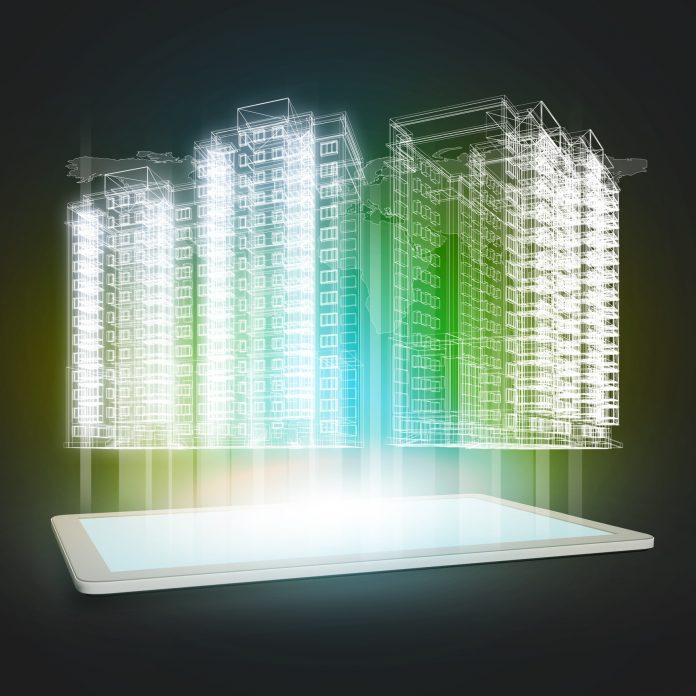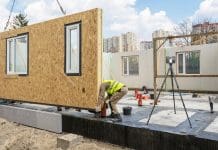Helen Rogers, product director at Civica, explores how robust data and modelling can help housing providers deliver safer homes
When the UK government published its Charter for Social Housing Residents in 2020, number one on the list of basic entitlement for residents was the right to feel safe in their own home. But more than a year on from the charter, a significant proportion of homes across the social housing sector remain in a poor state of repair.
Already under immense pressure, housing providers are facing increased scrutiny from residents seeking compensation for unsuitable housing, with projected multimillion pound bills coming their way. At the same time, the Housing Ombudsman has seen a 139% increase in complaints in the last year. It’s become clear is that the current approach to managing repairs simply isn’t working.
What we need – urgently – is a better, smarter approach.
Smarter technologies for safer homes
The foundation for that smarter approach is high quality data, supported by the right digital technologies. We of course already have real-world examples of such technologies; digital twins have been a key part of the housing sector’s digital journey for some time. But what role can digital twins play in helping tackle the huge issue of disrepairs within the social housing sector and the unsatisfactory position that many residents find themselves in? In short, a lot.
3D models combined with robust, reliable, accessible data can help housing providers fix things at the right time in the right order, leading to improved quality of life for residents and far greater efficiencies for housing providers. BIM (Building Information Modelling), overlaid with analytics from technologies such as AI and machine learning, can predict and forecast repairs better than solely relying on traditional methods.
Creating a digital twin, however, requires thought and data prioritisation. It can be difficult, for example, when household items, such as a boiler, exist in multiple datasets like the property’s energy profile to safety, servicing and void property records. It’s hard to mesh the data to represent the digital version as each dataset has a different lifespan, purpose and impact. Once reconciled, the results are substantial. Services exist to proactively manage the multiple instances to realise accurate, real-time information leading to better response times and increasing customer satisfaction.
Safer homes – from the abstract to reality
Many current repairs diagnostic tools are abstract – so don’t resemble the individuality of someone’s home. If a resident, for example, contacts their housing provider to report a fault, they won’t necessarily know how to accurately fix the issue. But 3D models overlaid with the latest data give a much clearer, quicker and accurate picture. They can enable better, smarter, faster decision making. The outcome is the resident will get a much better repair – completed ‘right first time’. This helps drive down costs as repairs teams can make fewer visits, streamline repairs and get around more properties. In boiler trials run by British Gas linked to its BoilerIQ service, it found that diagnostic software was 19 hours ahead of the resident even reporting a problem – improving services and leaving less room for complaints.
3D modelling can also help housing providers to run scenarios visually, not just in data records. For example, when fitting new doors, it can show residents what these could look like in their own property and get approval from the outset. It’s also a misconception that models need to be complex – they don’t. Often a quicker-to-load, low-fidelity model will be perfectly fine to illustrate a new feature or service.
Housing technology should always be as close as possible to products people use in their everyday lives. The Rightmove app is a great example, loaded up with floorplans and property flythroughs for potential buyers. Housing bodies can also use floorplans as 3D models with layered data to show hotspots – such as asbestos assessments in properties can be colour coded in terms of risk – leading to better decision making.
Safer homes, stronger communities
Bringing all the data and advanced modelling techniques will result in speedier resolution to issues and repairs right first time. Data-driven digital solutions offer a practical solution to the issue of disrepairs, turning them into a proactive operation rather than a reactive one and increasing satisfaction levels. This will ultimately save money for the housing provider, which means they can invest more in the wider community and neighbourhoods.
As Mark Weiser, often considered the “Godfather of the Internet of Things”, said: “The most profound technologies are those that disappear. They weave themselves into the fabric of everyday life until they are indistinguishable from it.”
Nowhere is this more apt than for social housing. This ‘invisible’ technology will help housing providers face an ever-growing number of challenges. Digital solutions will also allow housing providers to adapt and map out the future to ensure residents are living in the best quality and safe homes.
Helen Rogers

Product director
Tel: +44 (0) 3333 214 914

















